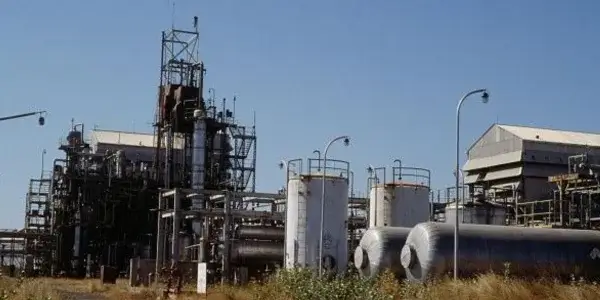After four decades of environmental and public health concerns, Indian authorities have finally begun clearing the toxic waste left behind from the 1984 Bhopal gas tragedy, one of the world’s worst industrial disasters. The move marks a critical step toward addressing the long-standing impact of the disaster on the environment and the local community.
The Bhopal Gas Tragedy: A Brief Recap
On the night of December 2-3, 1984, a massive leak of methyl isocyanate gas from the Union Carbide pesticide plant in Bhopal devastated the city. The poisonous gas killed thousands instantly and led to long-term health complications for over half a million people. Official figures put the death toll at 3,787, but activists estimate it to be closer to 16,000. Despite the immediate disaster, the abandoned plant site continued to contaminate the environment, with toxic waste remaining untreated for decades.

What Is Being Done Now?
In January 2025, officials transported 337 metric tonnes of hazardous waste stored at the Union Carbide site to a disposal facility in Pithampur, approximately 230 kilometers from Bhopal. The waste was packed in leak-proof containers and is set to be incinerated within nine months. This long-awaited action follows years of delays, protests, and court interventions.
A trial in 2015 confirmed that the incineration process at the Pithampur facility meets national emission standards, ensuring that the toxic materials can be safely destroyed. However, concerns persist about the waste disposal’s broader environmental impact.
Court Intervention Sparks Action
The Madhya Pradesh High Court played a pivotal role in accelerating the waste removal process. In December 2024, on the 40th anniversary of the tragedy, the court reprimanded authorities for their prolonged inaction, calling their approach a “state of inertia.” It ordered the waste to be removed within four weeks, emphasizing the need to address the environmental risks posed by the hazardous materials.
Environmental and Health Concerns
The toxic waste at the Union Carbide site has posed a severe threat to the local environment, contaminating soil and groundwater. Despite the current efforts, activists warn that the problem is far from resolved. Rachna Dhingra, a Bhopal-based activist, expressed concerns about the residual solid waste after incineration. “If this waste is buried in landfills, it could still pose a risk to groundwater,” she said.
Activists have also criticized the government for not holding Union Carbide and its current owner, Dow Chemical, accountable for the cleanup. The company has maintained that the site’s remediation is the responsibility of the Indian government.
Mixed Reactions from the Community
The waste disposal plan has elicited diverse reactions. In Bhopal, residents have welcomed the move as a long-overdue step toward justice and safety. However, in Pithampur, where the incineration facility is located, locals have staged protests, fearing the potential risks of toxic emissions during the incineration process.
Industrial organizations in Pithampur, on the other hand, have expressed confidence in the safety measures taken by authorities, stating that the facility is well-equipped to handle the waste without harming the environment.
The Road Ahead
While the removal of toxic waste is a significant step forward, experts emphasize that much more needs to be done to address the environmental and health repercussions of the disaster. Large quantities of hazardous materials are still believed to remain at the site, and the groundwater contamination continues to affect local communities.
Activists are calling for a comprehensive cleanup plan and better accountability from corporations involved. They also demand support for the survivors of the tragedy, many of whom still suffer from chronic illnesses and economic hardship.
A Glimmer of Hope
The initiation of waste removal signals a long-awaited acknowledgment of the problem, providing a glimmer of hope for the affected communities. It reflects a growing awareness of the importance of addressing industrial disasters’ environmental and social consequences. However, the legacy of the Bhopal gas tragedy remains a stark reminder of the need for stricter industrial safety measures and corporate accountability.
Conclusion
The cleanup of toxic waste from the Bhopal gas tragedy site marks a turning point in India’s approach to industrial disaster management. While the current efforts are a step in the right direction, the journey toward justice for the victims and restoration of the environment is far from complete. The world will watch closely as India continues its efforts to right the wrongs of the past and ensure a safer, more sustainable future for its citizens.

